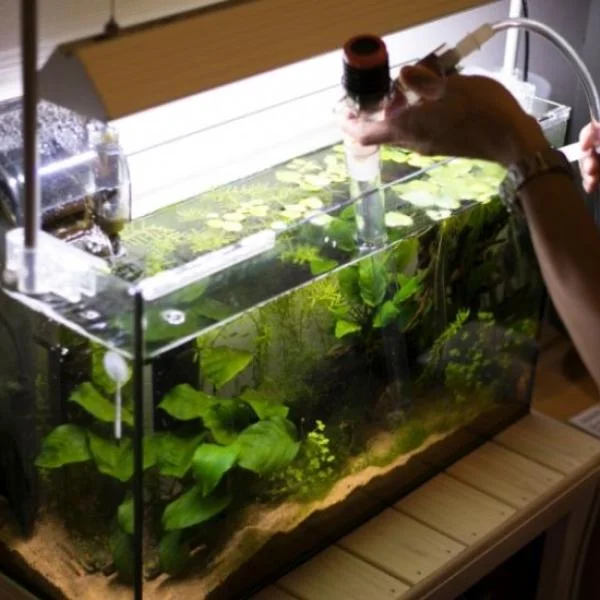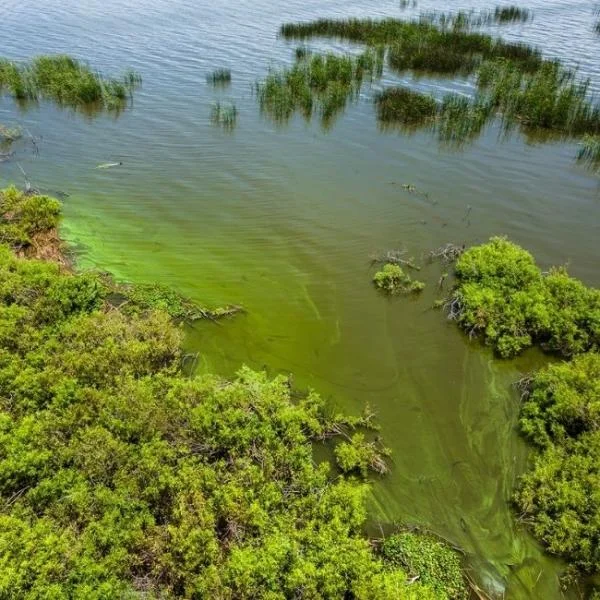
Maintaining a well-balanced ecosystem in your pond is all about keeping water quality in check. One key to achieving this is knowing how to change pond water effectively. This guide will cover the essential steps and considerations to ensure each water change benefits your pond and its inhabitants.
Why Changing Pond Water is Essential
Changing pond water plays a vital role in keeping aquatic environments balanced and thriving. Regular water changes accomplish several critical functions:
- Remove Excess Nutrients and Waste Products: As fish and plants produce waste, nutrients build up in the water, potentially causing issues if left unchecked. Water changes dilute and help remove these excess substances.
- Replenish Oxygen Levels for Aquatic Life: Fresh water brings in higher levels of oxygen, which is crucial for fish and other organisms.
- Prevent Algae Overgrowth While Supporting Beneficial Organisms: Reducing nutrient buildup curtails algae growth, allowing helpful bacteria and other organisms to flourish.
- Maintain Chemical Balance: Keeping pH and other parameters within optimal ranges prevents stress on fish and plants, maintaining a balanced environment.
- Reduce Pollutant Concentrations: Regular changes help reduce the buildup of contaminants, ensuring a safer ecosystem for all inhabitants.

Water changes dilute and help remove these excess substances
How Frequently Should Pond Water Be Replaced?
Determining the right frequency for water changes depends on a few factors specific to your pond. Here’s a helpful breakdown:
- General Recommendations: For best results, change 5-10% of the water weekly and 10-20% seasonally. Avoid changing more than 40-50% of the pond’s water at once, as large changes can disrupt the ecosystem.
- Factors Affecting Frequency:
- Pond Size: Larger ponds may require less frequent changes as they’re better at dispersing nutrients and waste.
- Fish Population Density: A high number of fish means more waste and faster nutrient buildup.
- Plant Quantity: More plants help absorb excess nutrients, reducing the need for frequent changes.
- Filtration System Efficiency: High-quality filters support water quality, extending time between changes.
- Local Climate Conditions: Warmer climates may cause faster organic buildup, requiring more frequent water changes.
- Organic Matter Accumulation: Fallen leaves, debris, and other organic material can increase waste in the water, prompting the need for changes.
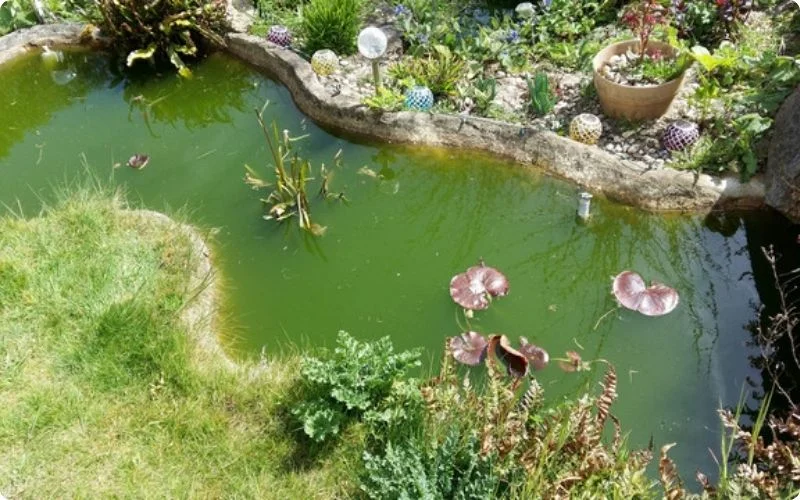
Change 5-10% of the pond water weekly and 10-20% seasonally
Indicators of The Necessity to Replace The Water
Certain signs indicate that it’s time to change your pond’s water. Look out for:
- Cloudy or Green Water: This suggests nutrient buildup that may lead to algae blooms.
- Unpleasant Odors: A strong smell often indicates decaying organic matter and excess waste.
- Visible Algae Growth: Excess algae can choke out oxygen, putting fish at risk.
- Fluctuations in pH Levels: Large shifts can stress or harm fish, requiring immediate action.
- Elevated Ammonia Levels: High ammonia stresses fish and can even become toxic.
- Signs of Fish Stress: Fish gasping at the surface or showing lethargy indicate poor water quality.
- Debris Buildup: Excess leaves or waste on the bottom of the pond signals the need for a water change.
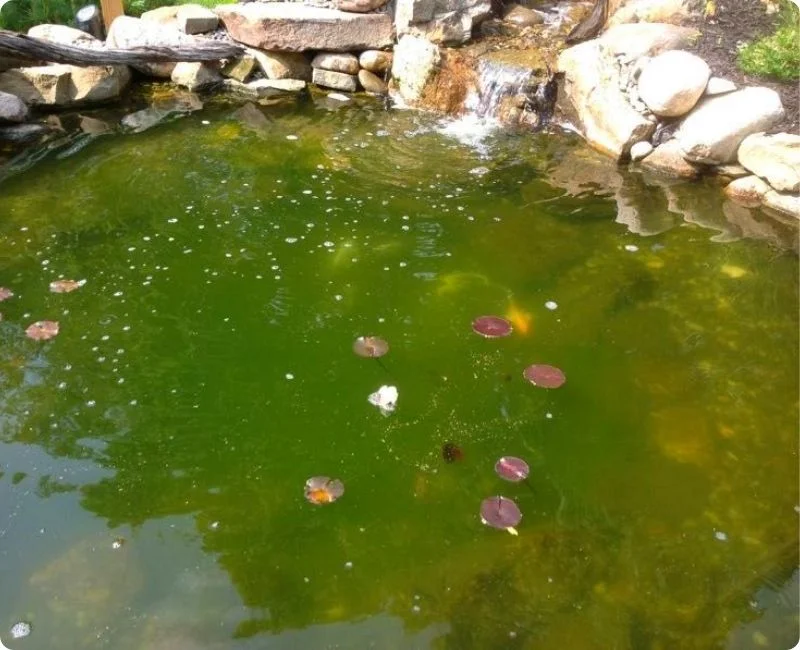
Indicators of the necessity to replace the water
Step-by-Step Guide to Changing Pond Water
For Partial Water Changes:
- Test Water Parameters: Begin by testing pH, ammonia, and other levels to determine specific needs.
- Decide on Change Volume: For routine maintenance, change 5-10% of the water.
- Leave Fish in the Pond: Partial changes don’t require moving fish.
- Remove Old Water: Use a siphon or pump to remove water efficiently.
- Clean Pond Liner or Walls as Needed: Light cleaning prevents algae buildup without disturbing beneficial bacteria.
- Add Fresh Dechlorinated Water: Use water treated to remove chlorine and other chemicals.
- Re-test Water Parameters: Checking water quality again ensures the pond is balanced after the change.
For Total Water Changes (Last Resort):
Complete water changes are only advisable when absolutely necessary, as they can disrupt beneficial bacteria and the pond’s biological balance.
- Relocate Fish Safely: Move fish temporarily to an aerated, safe container.
- Drain All Water: Fully empty the pond for thorough cleaning.
- Remove Debris and Clean Surfaces: Algae and waste buildup should be scrubbed away.
- Refill with Fresh Dechlorinated Water: Refill slowly to avoid shocking the ecosystem.
- Wait 24 Hours Before Returning Fish: Let water parameters stabilize before reintroducing fish.
Water Change Best Practices
Using Tap Water:
- Pre-Treat Water for Chlorine: Chlorine in tap water is harmful to fish; dechlorinate before adding.
- Let Water Age if Possible: Letting tap water sit for 24 hours can help neutralize chlorine naturally.
- Re-check Parameters Before Adding: Test treated water to ensure safe pH and chlorine levels.
Alternative Water Sources:
- Rainwater: Ideal for ponds, as it’s naturally free of chlorine and has a balanced pH.
- Well Water: Test well water for high mineral content, as this can affect water chemistry.
- Aged Tap Water: If using tap water, let it sit or dechlorinate for safe use.
Common Mistakes to Avoid
Avoid these common pitfalls when changing pond water:
- Overchanging Water: Large, sudden changes can shock fish and harm beneficial bacteria.
- Ignoring Water Temperature Differences: Always match the temperature of new water to that of the pond.
- Neglecting Dechlorination: Chlorine in untreated tap water can be toxic to fish.
- Disturbing the Biological Filter: Avoid removing beneficial bacteria that support the pond’s health.
Maintaining water quality between treatment cycles
Consistent care reduces the frequency of necessary water changes. Here’s how:
- Use Proper Filtration Systems: A good filter helps maintain water clarity and removes waste.
- Establish a Cleaning Schedule: Remove debris weekly to prevent buildup.
- Monitor Fish Population: Keeping the pond from being overcrowded reduces stress on water quality.
- Balance Plant Life: Plants help absorb nutrients, reducing water change frequency.
- Control Feeding: Overfeeding introduces excess nutrients into the pond.
- Regular Water Testing: Test weekly to catch any imbalances early.
Quick Reference Guide for Water Changes
Scenario | Recommended Change Amount | Frequency |
Regular Maintenance | 5-10% | Weekly |
Seasonal Maintenance | 10-20% | Quarterly |
Minor Issues | 20-30% | As needed |
Major Problems | 30-50% | Emergency only |
Complete Change | 100% | Last resort |
Special Considerations
- Summer Maintenance: During hot months, monitor evaporation rates and replace lost water weekly, up to 5%. Increase aeration to boost oxygen levels when water warms up.
- Winter Preparation: Before winter, clean the pond thoroughly to reduce organic material. Keeping essential bacteria colonies healthy ensures the pond will bounce back quickly in spring.
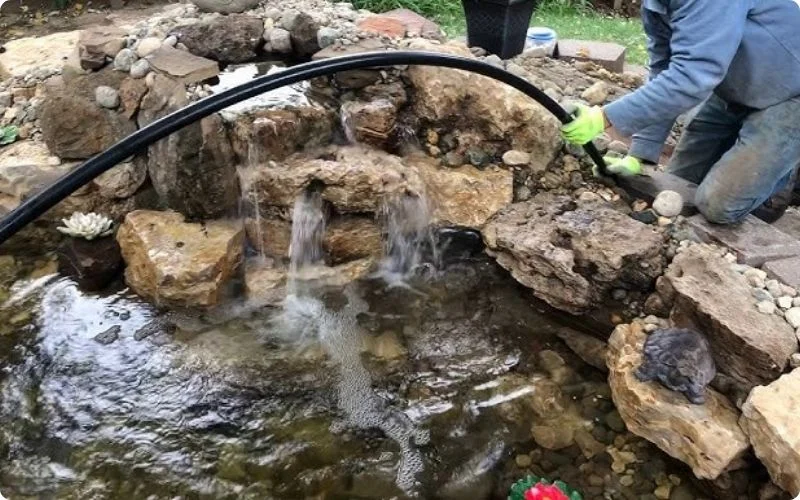
During hot months, Increase aeration to boost oxygen levels when water warms up
Conclusion
Changing pond water is a necessary routine to keep your pond healthy and balanced. Smaller, consistent changes are more effective than occasional large changes, helping maintain water quality and reduce stress on pond life. Here are the key points to remember:
- Small, frequent water changes support a stable ecosystem.
- Monitor water quality regularly and address issues quickly.
- Use appropriate water treatment products to maintain chemical balance.
- Adjust maintenance for seasonal changes and keep beneficial bacteria colonies intact.
Following these best practices will allow you to create a clean, vibrant pond environment, enhancing the well-being of your pond’s ecosystem year-round.
Related Articles
Key Factors for Healthy Pond Water Quality
Pond water quality is crucial for maintaining a healthy aquatic ecosystem that supports fish, ...
Vinegar and Ammonia: How to Safely Use These Household Cleaners
Vinegar and ammonia are two powerful and popular household cleaners used for a variety of tasks. ...
Understanding The Dangers of Mixing Bleach and Ammonia
When it comes to household cleaning, bleach and ammonia are two powerful agents often used for ...
The Importance of Proper Water Changes for Your Aquarium
In this comprehensive guide, we'll explore the importance of water changes , how to determine the ...
What Can Biological Filtration Do for Your Pond?
Biological filtration represents a cornerstone technology in both natural ecosystem management and ...
Why are Algae Blooms Bad? The Impact of Algae on Environment
Algae blooms represent one of the most significant challenges facing our aquatic ecosystems today. ...




